Is There a Place for Mindfulness at Work?
Yoga, meditation, and mindfulness have been buzzwords on the internet for the past decade, so much so that Google has its own emotional intelligence and mindfulness program. With employee stress and burnout at all an all-time high following the pandemic, companies need to start investing in more holistic approaches to improve their corporate wellbeing. Is mindfulness the answer?
Work-From-Home (WFH) Stress and The Post-Covid Workplace
Although the new age of work-from-home culture has provided both companies and employees with a more convenient and practical mode of operation, a vast majority of employees are paying the price with their mental health and wellbeing. According to a 2021 study done by the multinational financial group KPMG, 78% of workers noticed a severe decline in their mental health following COVID-19, with a whopping 94% reporting feelings of workplace stress. Employees also reported increased levels of stress, anxiety, and depression. Despite the freedom to work in pajamas from the couch, the social isolation and underlying fears over physical health are creating a more stressful work culture than ever before.
Burnout is more prevalent, yet most employers are not doing their part to provide the necessary support through these difficult times. According to a study by Deloitte:
70% of workers feel that there is not enough action being taken by employers to mitigate or tackle workplace stress and burnout, with 21% claiming that no programs are offered to help alleviate the increased stress.
While employers are struggling to create a plan to support their employees, a crucial question to ask is: what is workplace wellness and how can it be achieved?
What is Workplace Wellness?
Workplace wellness entails a positive and sustainable work culture. While this can take many shapes, such as mindfulness programs, team-building activities, or even fitness classes, the main goal is to improve employee happiness, productivity, and overall quality of life. Recent trials and studies have shown that by incorporating regular mindfulness programs and initiatives that support employees’ mental health, organizations can create a work environment that is beneficial to both employees and employers.
Benefits of Mindfulness at Work
With several small to large companies incorporating mindfulness programs into their work culture, studies have noted drastic improvements in employee wellbeing:
Decreased Stress. Mindfulness practices have proven to help employees reduce workplace stress by providing them with techniques that show how to stay in the present moment and observe their emotions.
Enhanced creativity. Letting go of stress and staying present activates the parasympathetic nervous system, providing the perfect physical and mental state to come up with creative ideas.
Improved decision-making skills. Mindfulness practices contribute to corporate wellbeing by empowering workers to tap into their leadership skills—a helpful tool in a stressful scenario.
Increased resilience. When employees are empowered with practical techniques for problem-solving and stress management, they feel more confident in difficult situations. This creates a culture where employees work together and individually to find creative solutions to any obstacle.
Improved communication. Communicating mindfully is an important benefit because it encourages employees to stop to respond, rather than react. This builds a foundation of respect that fortifies the team’s workflow.
Increased productivity. Happy, unstressed, and confident employees are coincidentally more productive. Numerous studies have linked mindfulness training with increased productivity at work and at home.
Workplace Mindfulness Success Stories
Back when workplace mindfulness was still a new and foreign concept, these big corporations were giving it a trial run. Today, it’s clear that they were a roaring success:
Google: Their 2007 pilot meditation study showed such incredibly positive effects on employee wellbeing and productivity that they now offer their Search Inside Yourself (SIY) courses to thousands at the company each year.
Intel: This tech company decided to implement mindfulness programs to combat the increasing levels of stress among their employees. Today, thousands of workers participate in their Awake@Intel program, which implements yoga and meditation courses to improve their employees’ overall wellbeing.
Aetna: Following a life-threatening skiing accident, the CEO, Mark T. Bertolini, decided to invest in mindfulness and meditation programs through a variety of platforms for all employees. After just one year, Aetna saved over $9 million in healthcare costs, with employees experiencing lower levels of stress and increased productivity.
How to Start a Mindfulness Culture at Work?
If you’ve noticed your employees losing morale and feeling more stressed and overworked, it may be time to start focusing on the company’s corporate wellbeing. This can start with something as simple as offering employees the opportunity to take naps to recharge during the day, attend a yoga or meditation class, or developing an employee assistance program where they are able to access to professional confidential support on issues like depression, stress, grief or trauma.
Dedicated seminars or workshops on specifics topics like emotional intelligence, resilience or a beginner’s guide to mindfulness are all great places to start, with programs ranging anywhere from one day to several weeks. It is now very common to offer them virtually or as hybrid learning experiences with a blend of virtual and in-person components.
However, if you would like your team to go deeper, there are immersive programs geared for corporate settings such as Google’s famous Search Inside Yourself Leadership Training, which are designed to foster employee wellbeing and a positive workplace culture.
Whether you start big or small, the most important idea is to gain an awareness of the struggles your employees are facing. Once you understand their needs, you can take action to support them through the stressful events of the past two years, one mindful step at a time.



